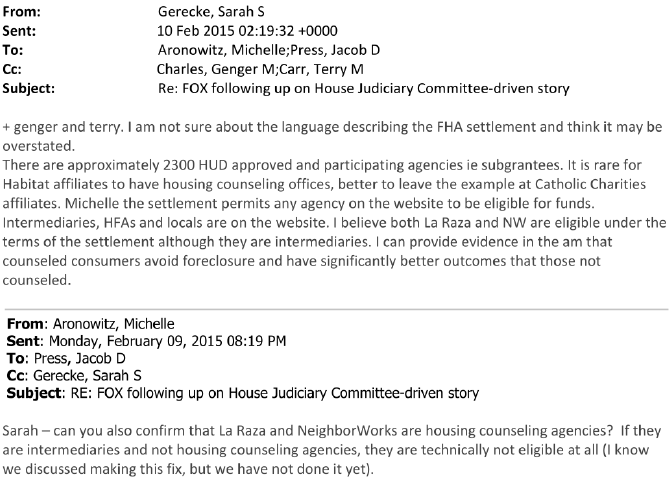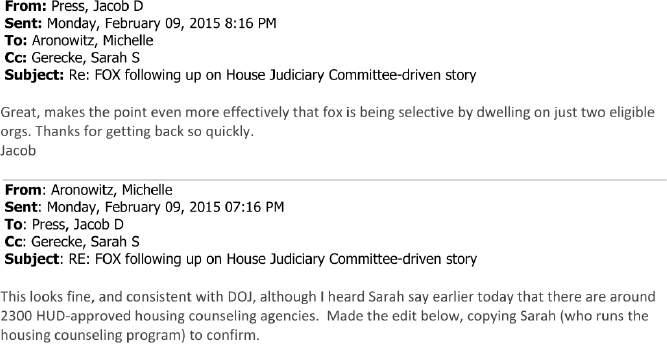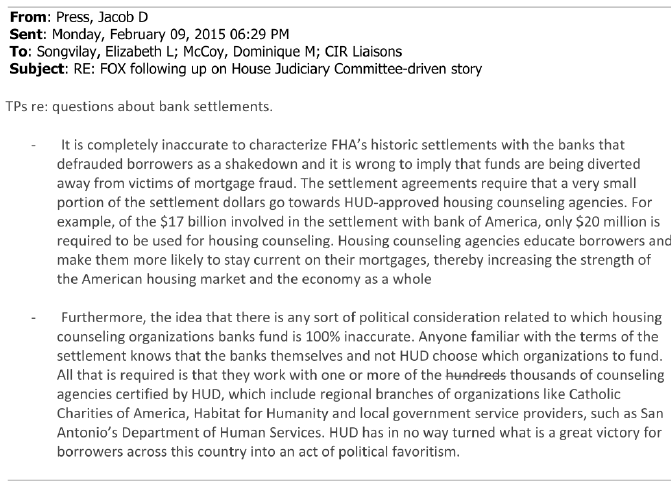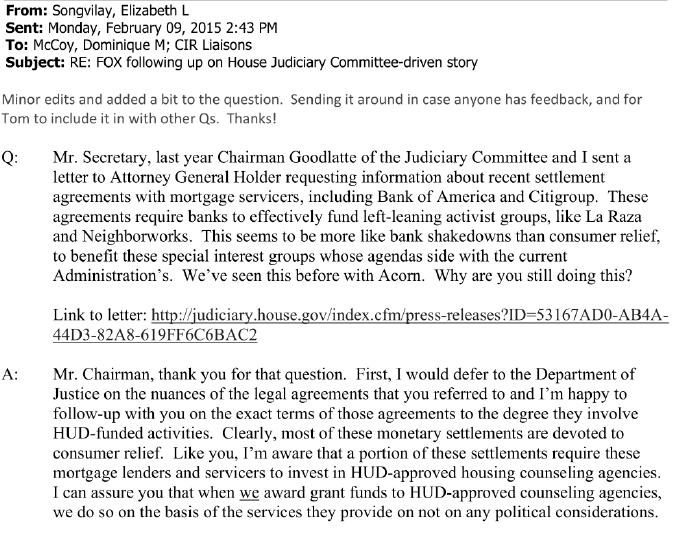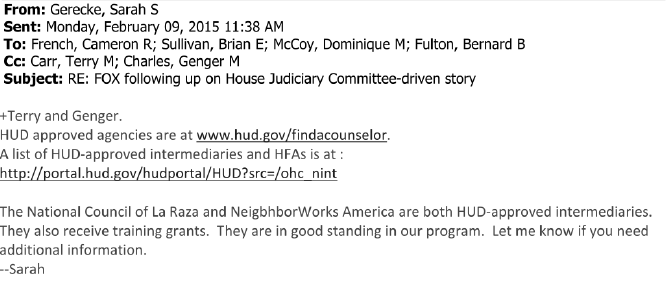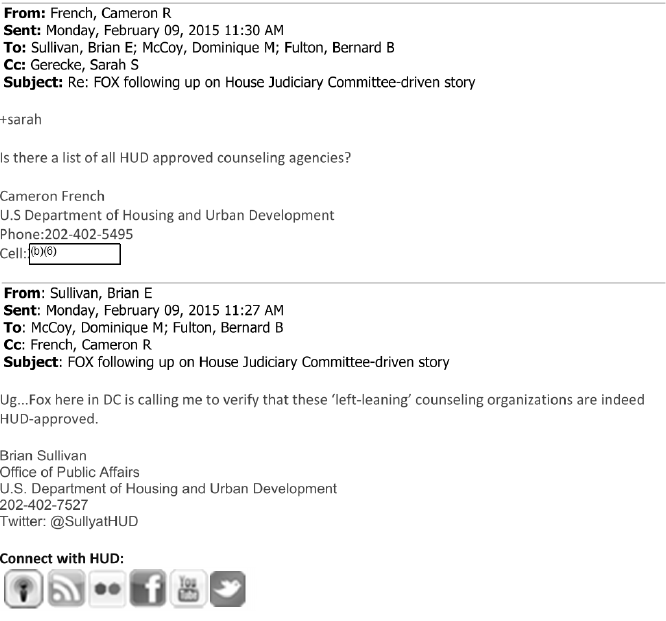By the time Annie Dookhan was finally caught in 2012, she had been falsifying drug test results at a state crime laboratory in Massachusetts for several years. The rogue chemist had managed a productivity rate 500% higher than her peers by not actually running tests at all, and her misconduct would ultimately impact over 36,000 criminal cases.
Dookhan is not alone – fabricated evidence is far more common than it may seem, and it can impact thousands of people falsely accused of crimes. The legal remedy for this misconduct is known as a Section 1983 lawsuit, but a significant decision by the Second Circuit in McDonough v. Smith would sharply limit when those lawsuits could be filed. This case was appealed to the Supreme Court, which recently agreed to hear the case. On March 4, 2019, Cause of Action Institute filed an amicus curiae brief urging the court to overturn the Second Circuit.
The question in front of the Supreme Court is when the countdown begins on the limited amount of time available for filing a claim that fabricated evidence was used (i.e. when the statute of limitations begins to run, also known as when the claims “accrue”). In this case, petitioner Edward McDonough endured two criminal trials for election-related crimes that he was ultimately acquitted of. McDonough now argues that Youel Smith, the prosecutor in his criminal case, fabricated evidence in an attempt to falsely convict him. In response, Smith filed a motion arguing claims related to fabricating evidence accrue when the defendant first becomes aware of the tainted evidence and its improper use.
Several other appellate courts had previously decided that the claim accrued when the criminal proceeding ended in the defendant’s favor. That could mean an acquittal, winning on appeal and having the charges dropped, or other, less-common means of victory. Only after the possibility of criminal charges was gone were courts ready to hear a claim that evidence used to support those charges had been fabricated.
In McDonough’s case, however, the Second Circuit took a different view. Instead of waiting for criminal proceedings to end, they decided that defendants were ready to file lawsuits the moment they became aware that fabricated evidence was being used against them. The Second Circuit thus granted Smith’s motion to dismiss, leaving McDonough with no legal redress. It was the first appellate court in the country to use this rule, and the decision will result in unfair treatment of defendants and unnecessary complications for prosecutors and judges as well. This is especially true given the level of factual support needed to successfully file a lawsuit under the current Supreme Court precedent.
For someone sitting in an interrogation room, it is impossible to know exactly what is happening when fabricated evidence is first used. Imagine the police just said you were seen leaving the house after a robbery occurred. You know you weren’t there, so why is someone saying that? Are they mistaken? Lying for their own benefit? Or did the police induce them to lie so the case would be closed? Only the last explanation justifies a Section 1983 lawsuit, and asking a defendant in this position to walk directly from the police station to the courthouse (if they are even free to do so) is both unrealistic and against the “complete and present” standard the Second Circuit used to determine if a claim had accrued.
Even if a defendant immediately knew a police officer had fabricated evidence, as recently happened in nearly 2,000 cases in Baltimore, it is almost impossible for a defendant to have enough evidence to successfully file a lawsuit. In two cases decided approximately ten years ago, the Supreme Court raised the bar for what must be included in the initial filing of lawsuits. Mere “conclusions” were not enough; factual support was needed. This is understandable in theory, but someone accused of having drugs in their pocket when they know that pocket was empty has almost nothing to offer but the conclusion that police or prosecutors must be responsible.
There are other problems with the Second Circuit decision, including the possibility that prosecutors being sued will be tempted to punish those filing the lawsuits. At the very least, those prosecutors will have to defend themselves while simultaneously trying to perform their official duties. There are many reasons why having the statute of limitations begin to run earlier is an unwise decision that will prevent government agents from being held accountable for these abuses of power, and we hope the Supreme Court chooses to endorse the rule used by other appellate courts instead of the new approach used by the Second Circuit.
John McGlothlin is Counsel at Cause of Action Institute. Libby Rudolf is a litigation support analyst at Cause of Action Institute.
